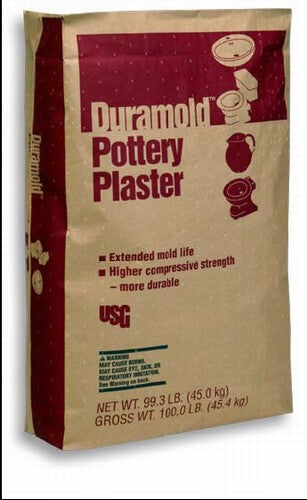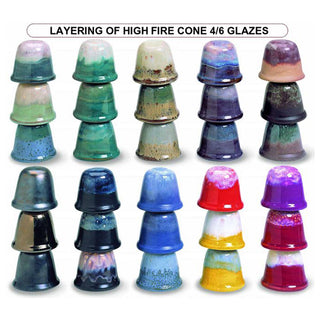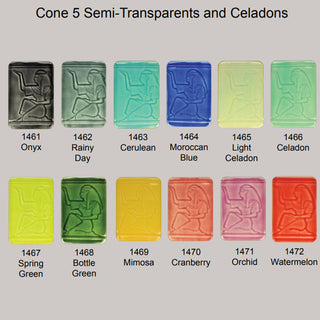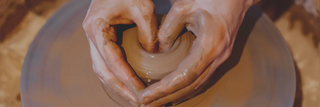U.S. Gypsum DURAMOLD™ Pottery Plaster 50 lbs. Bag.
DURAMOLD was created to meet the demanding needs of the slip casting industry. Compared to #1 POTTERY PLASTER, DURAMOLD features longer mold life and higher wet and dry compressive strength.
– Used at a lower consistency than conventional pottery plasters.
– High wet strength for less breakage in process.
– Ideal for jiggering applications.
– Extended mold life.
Technical PropertiesEnglish Metric
Use Consistency (parts of water by weight per 100 parts plaster ) 62 62
1 Hr. Compressive Strength 1,300 psi 8.8 MN/m2
Dry Compressive Strength 2,900 psi 19.7 MN/m2
Total Absorption Capacity 30% 30%
Maximum Setting Expansion 0.220% 0.220%
Density Wet 102.5 lb/ft3 1.64 g/cm3
Dry 75.0 lb/ft3 1.20 g/cm3
Set Time (Machine Mix)* 14-24 min. 14-24 min.
General Directions and Guidelines
Preparing the Mix
Use potable water at temperatures between 70° and 100° F (21° and 38° C). Since variations in slurry (the plaster and water mixture) temperature produce variations in setting time, it is important to keep both the plaster and water in a stable temperature environment prior to use. The higher the temperature of the water, the shorter the set time.
Soaking
Sift or strew the plaster into water slowly and evenly. Do not drop handfuls of plaster directly into the water. Allow soaking for
1-2 minutes. The plaster should be fully dispersed in the water prior to mixing. Small batches require less soaking than large
batches. See bulletin IG503 for specific soaking instructions.
Mixing
Mixing the plaster slurry is one of the most important steps in producing plaster molds with maximum strength, absorption,
hardness, and other important properties.
Mechanically mixed plasters develop uniform molds with optimal strengths. Plasters can be mechanically mixed through
both batch and continuous processes. Proper blade and bucket dimensions are important for obtaining the best batch mix
(see IG503 for details).
Pouring
To prevent air entrainment and provide a uniform, smooth surface, careful pouring of the plaster slurry is necessary. Agitation of the filled case mold is a further step used to prevent air at or near the mold surface. Whenever possible, the plaster slurry
should be poured carefully in the deepest area so the slurry flows evenly across the surface of the case mold.
Pouring a large amount of slurry directly on the face of the case mold may result in slight densification of the plaster mold
at the point where it strikes the surface of the case. This produces a hard spot, giving uneven absorption.
Drying
All pottery molds should be dried as quickly as is safely possible after manufacture so that maximum physical properties can
develop. Dry to a constant weight.
The best drying rooms or ovens provide (1) uniform and rapid circulation (minimum of 15-30 fps) of air with no “dead spots”
having little or no air movement, (2) equal temperatures throughout the entire area, and (3) provisions for exhausting a portion
of the air while replacing it with fresh air. High humidity surrounding the drying room or oven inhibits the efficiency of the drying
because the air pulled into the room is incapable of picking up much moisture from the molds.
The maximum temperature at which plaster molds are safe from calcination is 120° F (49° C). With substantial free water in
the mold, higher drying temperatures can be used without difficulty. As drying progresses, the temperature must be reduced to
prevent calcination. The safe drying zone is in the shaded area of graph (below, right). Before removing molds from the dryer,
the temperature should approach that of the area around the dryer to prevent thermal shock.
Storage
Keep in a dry, stable environment indoors. Do not stack more than 2 pallets high. Keep from drafts. Rotate stock.
CUSTOMER REVIEWS - Q&A
Got a question about this product? Ask it here and get a response from our staff and also input from the Sheffield Pottery community!











